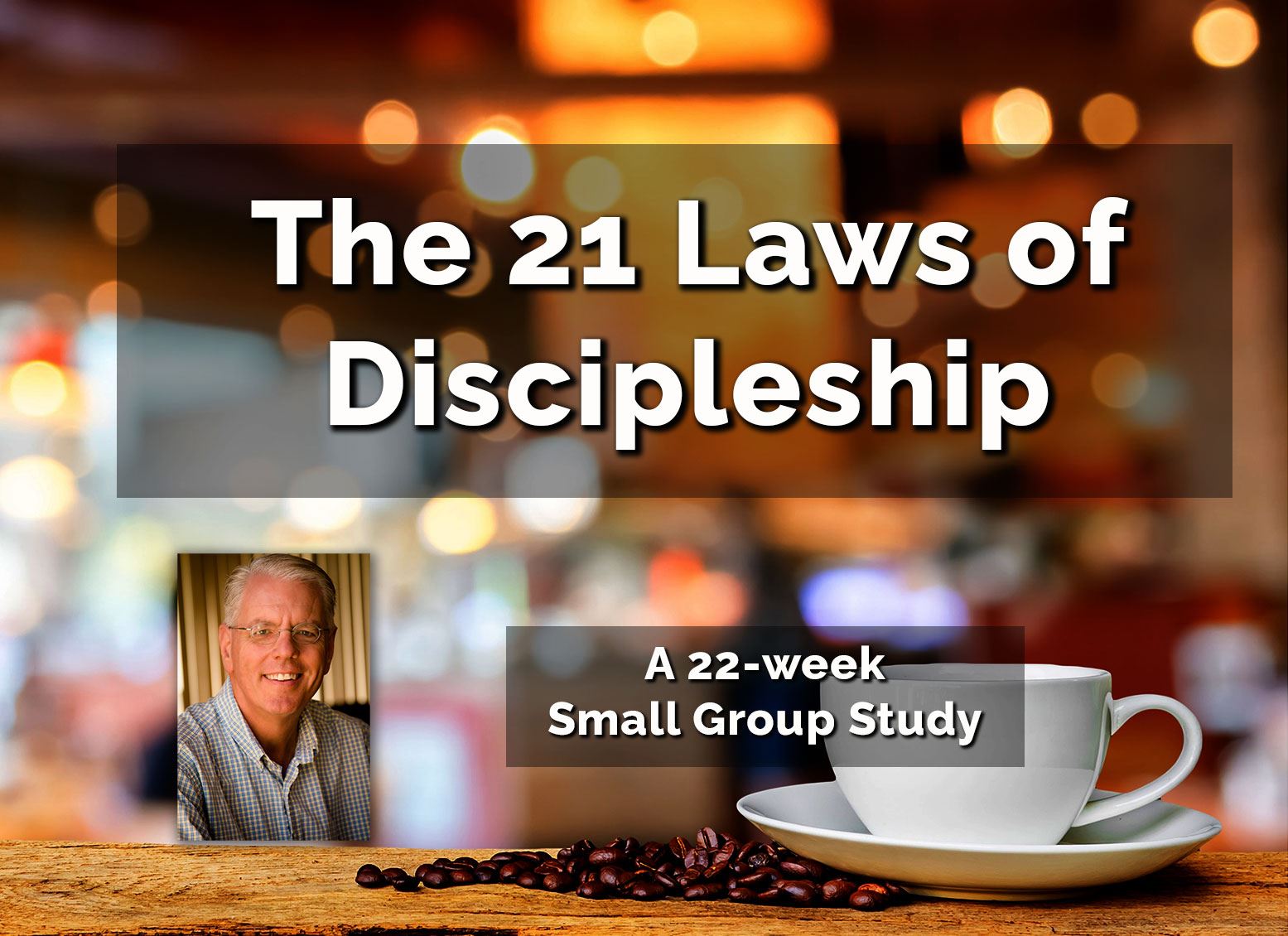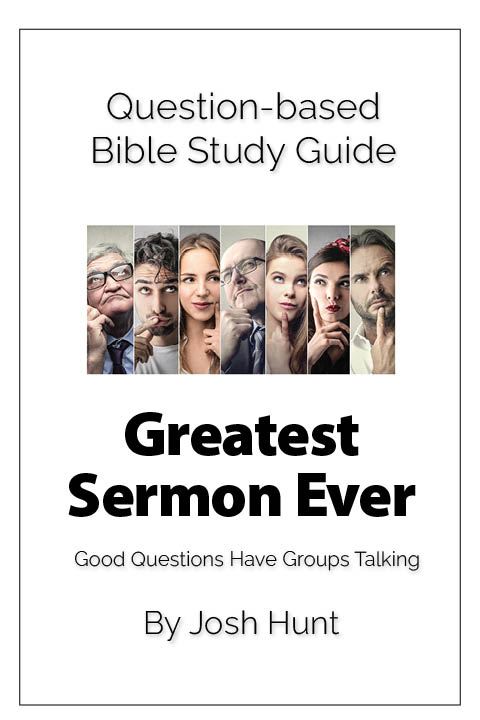The four Gospels found in the New Testament present Jesus as quoting from nearly 60 different verses of Scripture and making at least twice that number of allusions and more general references. The popular view is that Jesus frequently quoted from the prophets, but there are in fact more references to the law (26) and the writings (16) than to the prophets (15—including one from Daniel, which appears among the prophets in the LXX but among the writings in the Hebrew Bible). The distribution is interesting. The quotations from the law are drawn from Deuteronomy (11) and Exodus (8), with only three from each of Genesis and Leviticus and one from Numbers. From the prophets it is principally Isaiah (7), with two from Hosea and one from each of Jeremiah, Daniel, Jonah, Micah, Zechariah and Malachi. From the writings, all are from Psalms (and one from Daniel). This distribution resembles that of the Qumran community (from which come the Dead Sea Scrolls), where the most quoted books are Psalms, Isaiah and Deuteronomy. To those unaccustomed to modern biblical studies, it might be thought that our next step is simply to examine each of these verses (in context) and then draw conclusions about Jesus’ use of Scripture. However, the nature of the Gospels means that our task is rather more complicated than that. For example, if we look at the story narrated in Mark 12:28–34, we see that Jesus responds to the question of which is the greatest commandment (Mark 12:28) by saying: ‘The first is, “Hear, O Israel: the Lord our God, the Lord is one; you shall love the Lord your God with all your heart, and with all your soul, and with all your mind, and with all your strength.” The second is this, “You shall love your neighbour as yourself.” There is no other commandment greater than these’ (Mark 12:29–31). Many have thought this to be a mark of Jesus’ genius. Not only does he give the ‘standard’ answer (to love God) but he couples it with the command to love neighbour, thereby ensuring that religious zeal is never at the expense of social concern. However, before we get too excited about discovering the key to Jesus’ use of Scripture, we need to look at an earlier story that occurs in Luke:
In this story it is the lawyer who is the genius who brings together the two commandments, not Jesus. But it does not end there. Luke tells us that the lawyer asked a further question: ‘And who is my neighbour?’ (Luke 10:29), to which Jesus replied by telling the parable of the Good Samaritan:
Jesus then challenges the lawyer by asking him which of the three acted as neighbour to the man, a question that the lawyer is forced to answer: ‘The one who showed him mercy’ (Luke 10:37). Thus Luke agrees with Mark that the question about the greatest commandment provides an illustration of the genius of Jesus’ teaching, but does so in a very different way. For Mark, it is the bringing together of the two commandments; if this were the only Gospel we possessed we would conclude that Jesus was the first to do so. However, Luke suggests that the lawyer could do this without even pausing for thought, suggesting that it was a commonplace. For Luke, the genius of Jesus in this incident was not his use of Scripture but the telling of a poignant parable. This example suggests that in order to describe Jesus’ use of Scripture we must attend to two tasks. First, we must study what each Gospel writer has to say about Jesus’ use of Scripture and seek to determine his method and purpose. Thus if we had not gone on to read the parable of the Good Samaritan we would have seriously misunderstood Jesus’ response to the lawyer. Second, if we are to understand Jesus’ use of Scripture we must engage in historical criticism to decide what Jesus must have said to give rise to the various accounts we find in the Gospels. Steve Moyise, Jesus and Scripture (London: Society for Promoting Christian Knowledge, 2010), 3–5. If you are wanting to do a particular passage or book study and can't find it, feel free to email me at josh@joshhunt.com21 Laws of Discipleship -- the book -- |


















